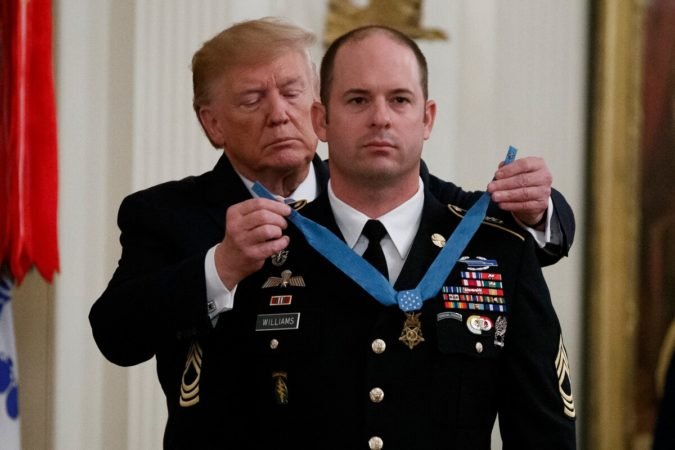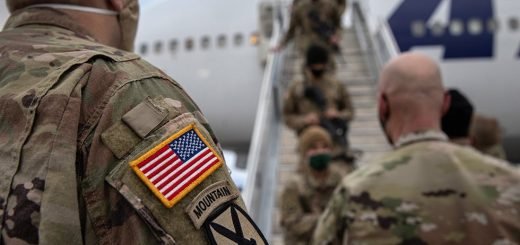Who is Matthew O. Williams? Why he received American Medal of Honor?

If you’re a crazy army brat and following the latest documentaries and movies on the warfare and special ops, then there are high chances you came through the story of American Master Seargent, Matthew O. William in the Nat Geo’s documentary “No Man Left Behind”.
Yes, the same Afghan war saga which highlighted the Battle of Shok Valley or Operation Commando Wrath by the American troops in the Shok Valley of Nuristan Province of Afghanistan on 6 April 2008.
The U.S. Army’s Master Seargent, Matthew O. Williams received a Medal of Honor from President Trump on 30 October 2019.
Seargent William received United States’ highest and most prestigious personal military decoration for his actions in 2008, as a member of Operational Detachment Alpha 3336, Special Operations Task Force 11, Combined Joint Special Operations Task Force-Afghanistan in the Battle of Shok Valley.
Ten U.S. Special Forces soldiers and their combat cameraman were awarded the Silver Star for bravery, the greatest number of such awards for a single battle since the Vietnam War.
In 2018, Special Forces medic Ronald J. Shurer’s Silver Star was upgraded to the Medal of Honor for his actions during the battle.
And now in 2019, Special Forces weapons sergeant, Matthew O. Williams’s Silver Star was upgraded to most prestigious personal military decoration for his actions during the battle.
Operation Shok Valley
Those who didn’t watch Nat Geo’s documentary, here are the answers to your questions:
What is Operation Shok Valley?

Battle of Shok Valley, also known as Operation Commando Wrath was a joint U.S.-Afghan raid designed to capture Gulbuddin Hekmatyar, an Afghan politician and former warlord in the Shok Valley of Nuristan Province of Afghanistan on 6 April 2008.
Who’s Gulbuddin?
Gulbuddin is the founder and current leader of the Hezb-e Islami political party and twice served as Prime Minister of Afghanistan during the 1990s.
What Happened to Gulbuddin?
In all, the battle lasted for seven hours. The primary target of the action, Gulbuddin Hekmatyar, was not captured. According to Rhyner’s Air Force Cross citation, throughout the battle, he directed over 50 attack runs using a total of 4,570 cannon rounds, nine Hellfire missiles, 162 rockets, a dozen 500-pound bombs and one 2,000-pound bomb.
Who wins the battle?
This deployment was the first formal train, equip and accompany mission with the Afghan Commandos Corps — a cohort that would be instrumental in pushing back against insurgent groups for years to come.
In this joint operation by American and Afghan forces, no casualties reported at the American side, however, several wounded. On the Afghan side, 2 soldiers and a local interpreter was killed, and several injured.
Gulbuddin was not captured and successfully managed an escape, though American claims suggest 150–200 were killed among Hezb-e-Islami Gulbuddin fighters.
Where is Gulbuddin Today?
Hekmatyar Gulbuddin continued to lead the militant group until around 2016 when a peace deal and a pardon allowed the paramilitary commander a spot in Afghan politics, where he remains today.


















